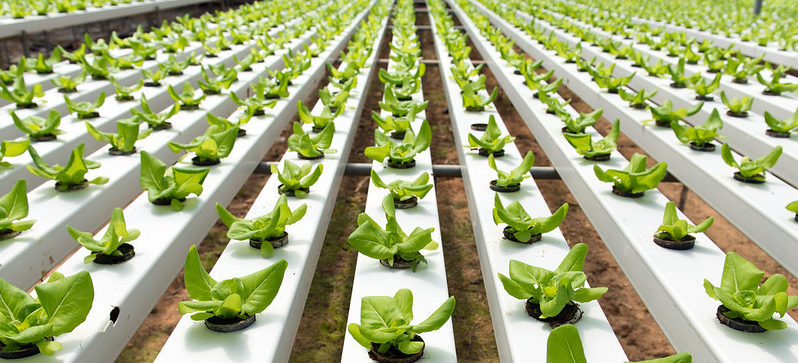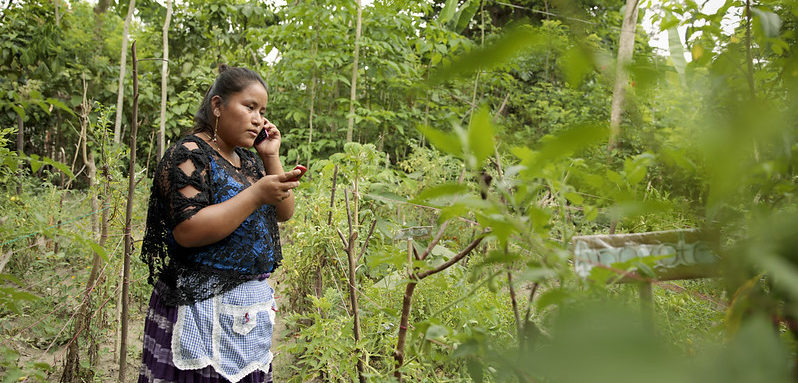Are you the tech-savvy person or the low-tech enthusiast? In discussing food systems transformation, there are always two camps with very different solutions. But do you really need to pick a side? Food systems are complex, ranging from seed production to food consumption and beyond, including different environmental, economic, and social factors. Thinking of them in silo is missing out on the bigger picture.
Nonetheless, from academic literature review to policy measures, a tendency to look for “the best strategy” or “the best practice” persists. When it relates to food systems, it is always framed as a crossroad between “going back” to traditional practices or “moving forward” with technological solutions, the so-called “smart farming” approach. Since both strategies are widespread and find adepts worldwide, SEI Asia, the Department of EDS (Environment, Development and Sustainability) at Chulalongkorn University, Chipko Asia, and SIANI organised an independent food systems dialogue to feed into the United Nations Food Systems Summit (UNFSS). The dialogue critically unpacked this technology clash interactively and engagingly.
The dialogue gathered speakers from different sectors, enabling a multistakeholder discussion on what sustainable food systems look like. Social entrepreneurs, researchers and think tanks engaging in sustainable production and consumption came together to discuss their work and their view on how to best create sustainable food systems, fulfilling people’s needs while respecting planetary boundaries. Despite the opposite standing points, one thing remained clear: business as usual and one-size-fits-all approaches no longer work if we want to sustainably feed the global population.
Misconceptions about high-tech and low-tech food systems
High tech is often associated with hydroponics, energy-demanding vertical farming or machine intensive monocropping, while low tech is thought of as low output farms, mainly running thanks to human labour. Both of these perceptions can be true, but don’t necessarily have to be: some entrepreneurs, such as Rohan Brammall, Founder of Farm^2, a hydroponic business in Bangkok, reminded the audience that the principles of aquaponics have been used for millennia. “High tech is a mere complement but no replacement of ancient methods”, Rohan added. While infrastructure is changing, principles and strategies are kept the same.
Technology, to be understood in its broad sense, can also help to attract consumers, as stated by Moh, Co-founder of Happy Grocers, a food startup based in Bangkok, providing urban dwellers with locally grown, organic foodstuff, pop-up truck markets and organising trips to local farms. Social media can play a pivotal role in raising awareness amongst citizens as well: “It can educate about food waste occurring at the consumption level”, said Wasamon Nutakul (Mon), Researcher at King’s Mongkut University of Technology Thonburi. Mon suggested that the use of blockchain technology could also increase trust amongst consumers, who are actively seeking transparency.

